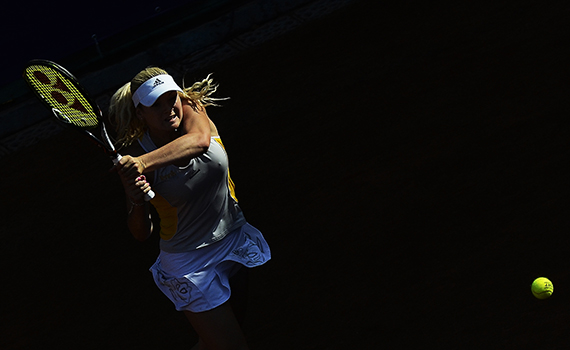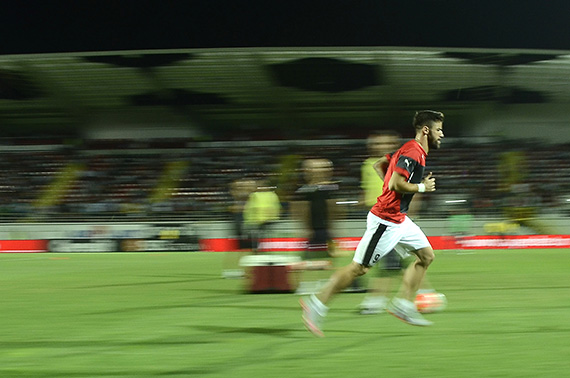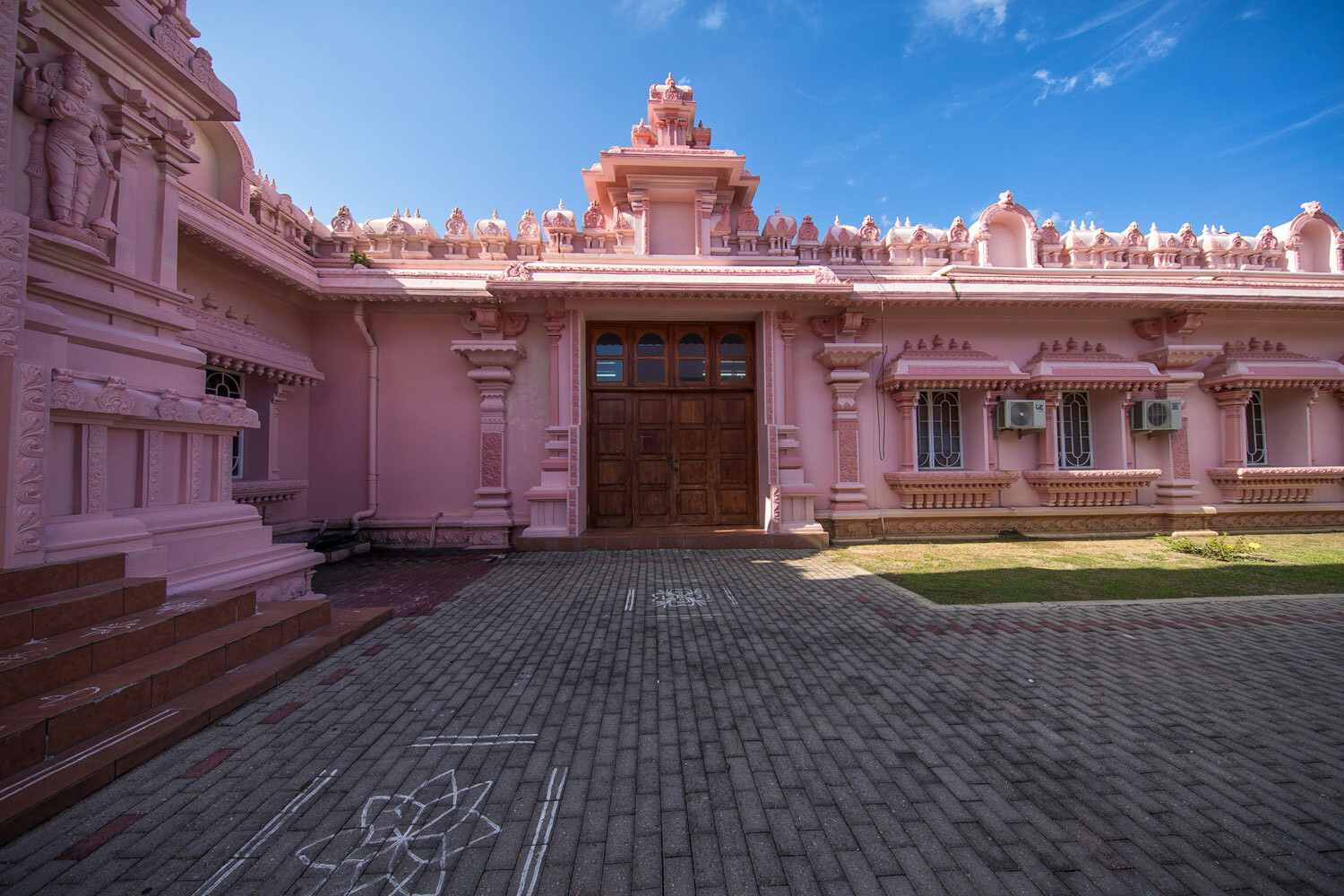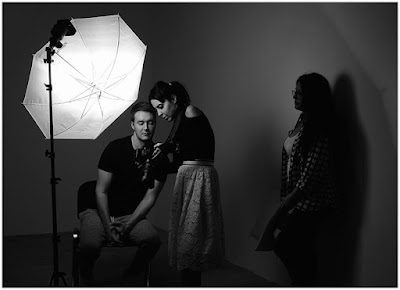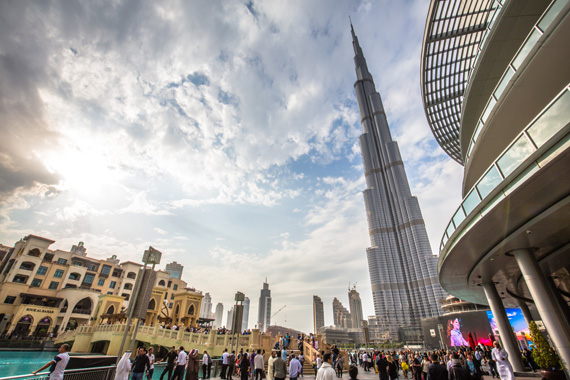Welcome to TechRadar's fifth – yes, fifth! – annual PC Gaming Week. This is the TechRadar Computing Team's favorite time of year, a time in which we get to celebrate the joys and explore the depths of arguably the most powerful and versatile gaming platform of all time.
This time around, we've rounded up a fine selection of analyses, interviews, opinions, how-to guides and features both old and new for all kinds of PC gamers. Whether you've been gaming on computers since the days of baud modem-powered multi-user dungeons, or you have no idea what we just said (but can clean house in Fortnite), we've got some excellent reads for you.
We’ll be updating this page daily as new articles are published, just so you don't miss a thing. Keep coming back throughout the week for fresh, new pieces and looks at gems from the TechRadar archives that you may have missed last time around.
OK, enough with this loading screen, let's get TechRadar's 2019 PC Gaming Week started right now.

How Remedy and Nvidia teamed up to push PC gaming to its limits with Control
Control is one of the most graphically ambitious PC games in years, so we chatted to the team at Remedy Entertainment, the devs behind the game (as well as Max Payne and Alan Wake), and Nvidia about how the companies worked together to push PC gaming to its limits.
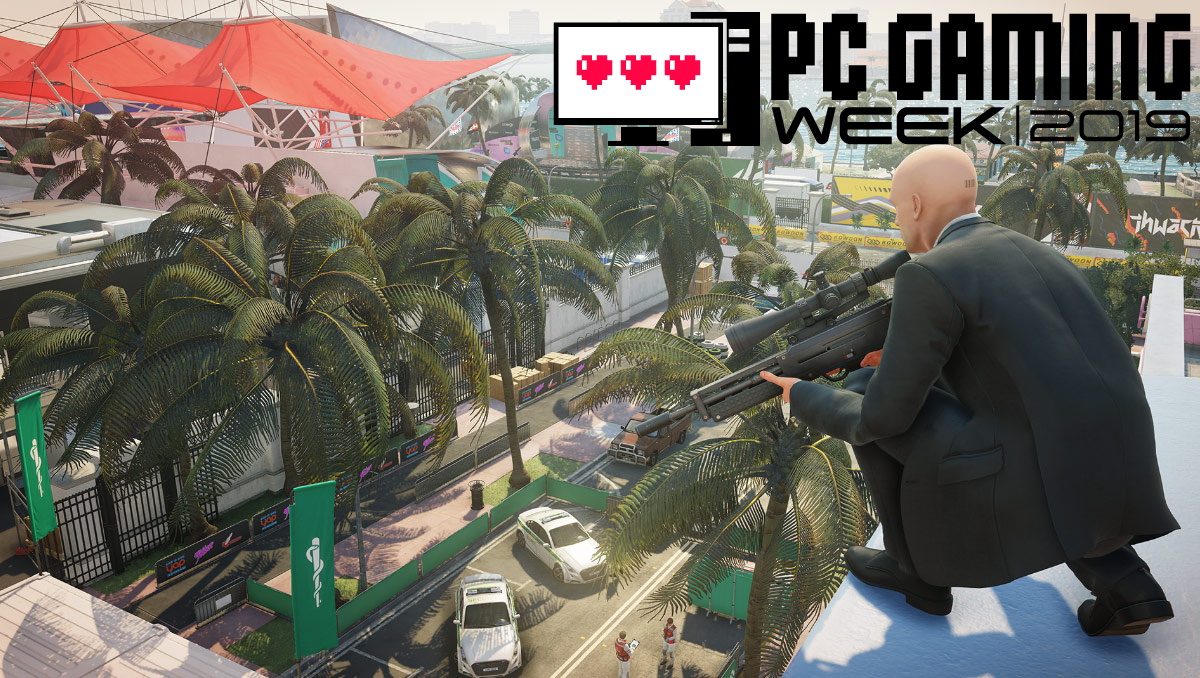
The most graphically-impressive PC games of all time
The PC is the place to play some of the most beautiful games ever made. In our rundown of the most graphically-impressive PC games of all time, we look at some of the best looking games in recent history.

Game changers: the PC gaming moments which have most wowed us in the last 30 years
PC Gaming week is all about celebrating this brilliant platform, and what better way of doing it than listing the PC gaming moments which have most wowed us in the last 30 years?

I spent way too long playing with the new Steam library
Just in time for PC Gaming Week 2019, Valve released a beta update for Steam that completely changes the way the library looks. So, we took the opportunity to dive in and play with all the new features. And, we liked what we saw.

Game ownership in the digital age: what do you do in a post-ownership age?
If you buy a lot of new games, you've probably noticed that we're not stacking up new games all the time like we used to. That's why we thought we'd take the opportunity to dive into what PC game ownership means during PC Gaming Week.

I expect you to die! The 10 best ever villains in PC gaming
Over the years we've seen some truly memorable – and terrifying – villains while playing on our computers, so to celebrate PC Gaming Week 2019, we've listed the 10 best ever villains in PC gaming.

How to run your old PC games on Windows 10
The PC has a huge back catalogue of some of the best and most groundbreaking games ever made, and it's relatively easy to get older PC games running on newer hardware – giving you the ability to play decades of games.
So, check out our guide on how to run your old PC games on Windows 10 to find out how you can get the PC's awesome back catalogue on your modern gaming rig.
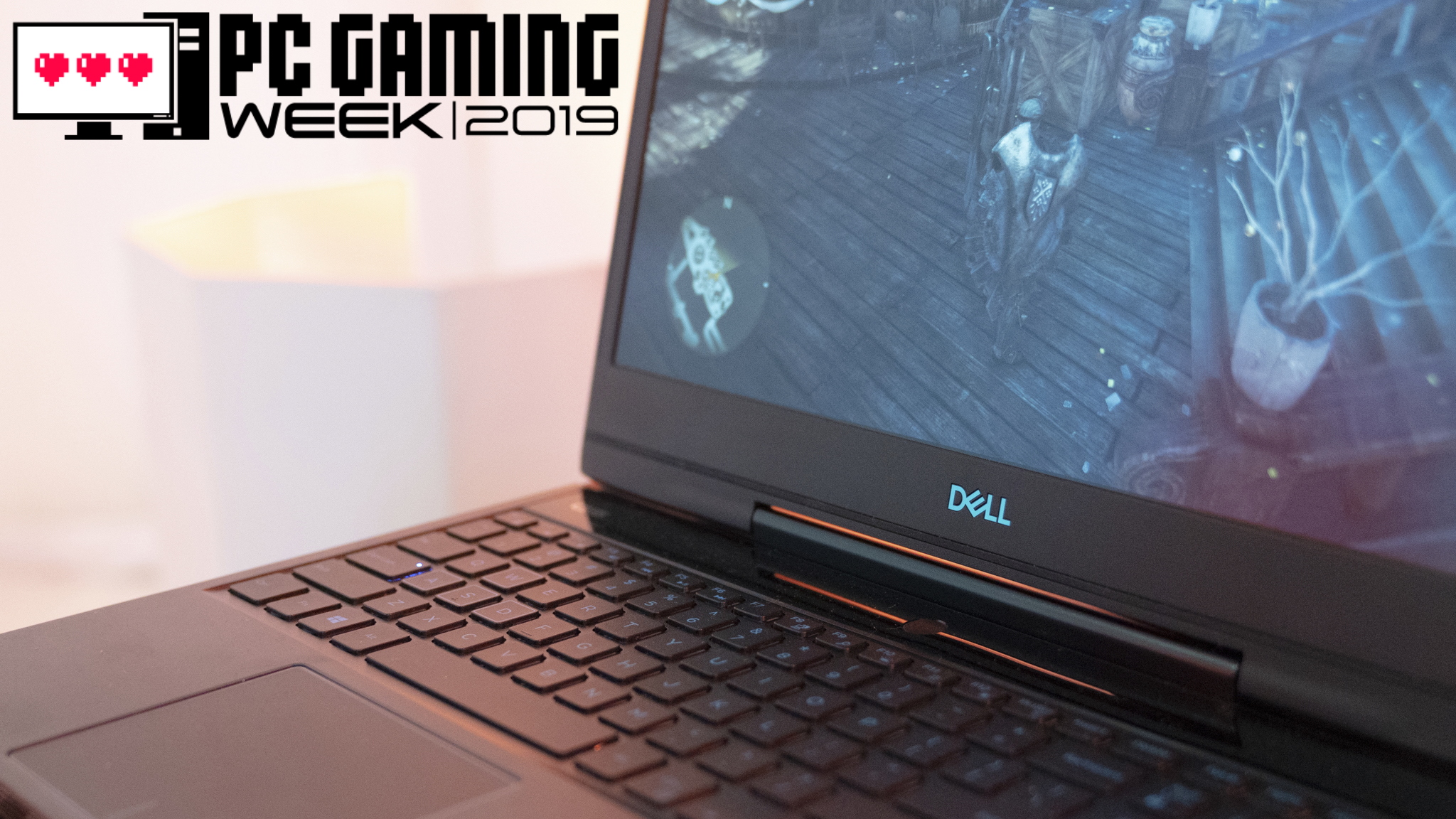
How to play PC games on a cheap laptop
One of the best things about PC gaming is how easy it is for almost anyone to get involved. Sure, you can spend loads of money on a fancy new rig to play the latest games at full graphical settings, but you don't need to spend a fortune.
In our guide on how to play PC games on a cheap laptop, we show you how you can play games on a budget laptop – with a few choice tweaks to make the games run as smoothly as possible.

The history of Minecraft – the best selling PC game ever
Minecraft is the biggest selling PC game ever – so to celebrate, we look back at the history of Minecraft, from its humble beginnings to world domination.

5 movies that should have been made into PC games
It always seems like the worst movies get made into PC games, right? Well, for PC gaming week, we take a look at 5 movies that should have been made into PC games. Who knows, there's still time, right?
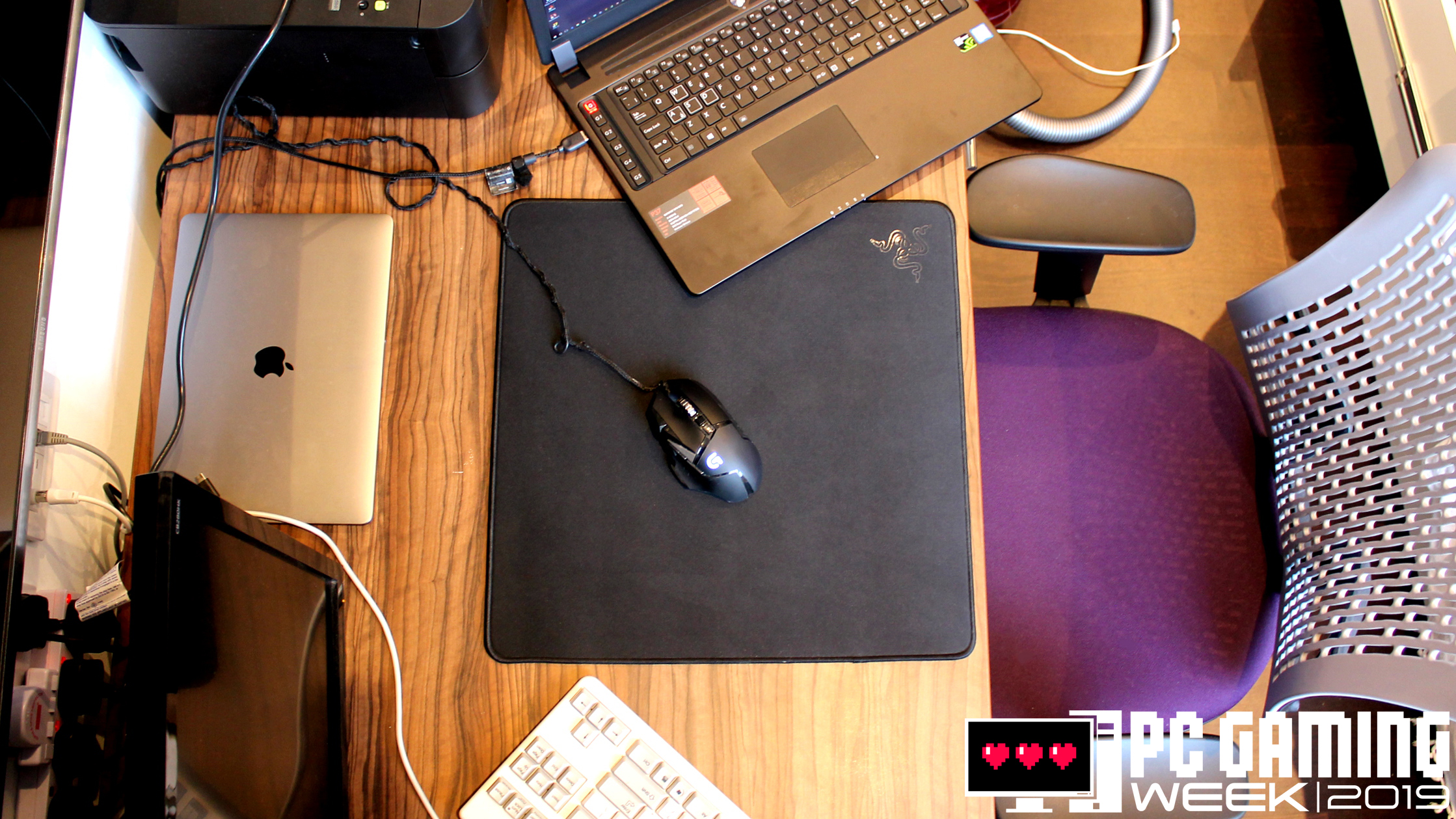
Best gaming mouse pads 2019: the best mouse mats for gamers
Gaming keybaords get a lot of attention, so do the gaming mice. But, the gaming mouse pads sadly get ignored far too often. That's why we went ahead and gathered up the best gaming mouse pads 2019 has to offer.
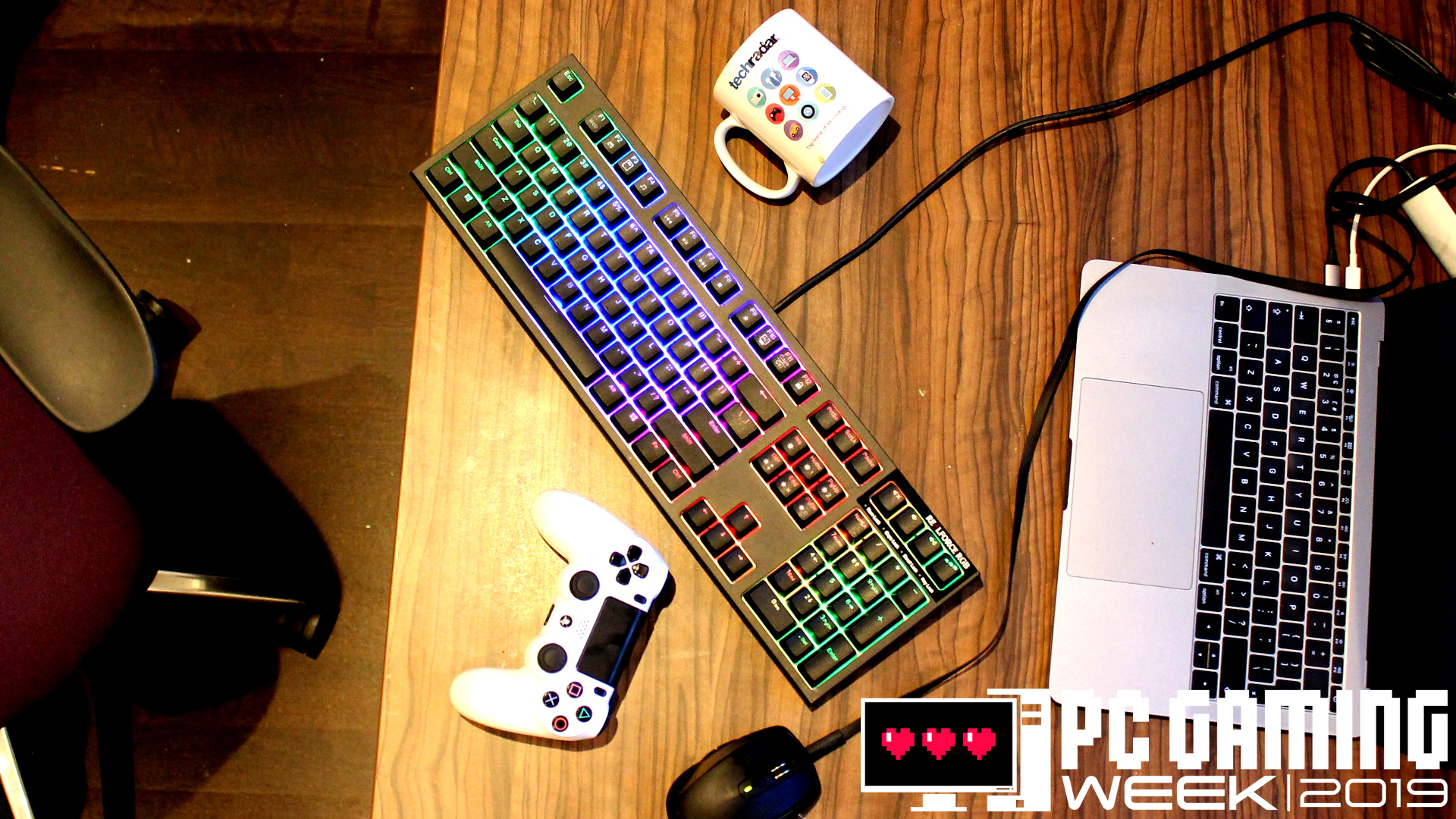
Best gaming keyboard 2019: the best gaming keyboards we've tested
You can't celebrate PC gaming without celebrating the essential peripherals, right? That's why for PC Gaming Week, we decided to take a look at the best gaming keyboards you can buy today.

The 35 best indie games on PC
Just ask any PC gamer, and they'll likely tell you that PC gaming is just as much about indie games than the big-budget AAA adventures – maybe even more so. That's why for PC Gaming Week, we took a look at the best indie games on PC right now.
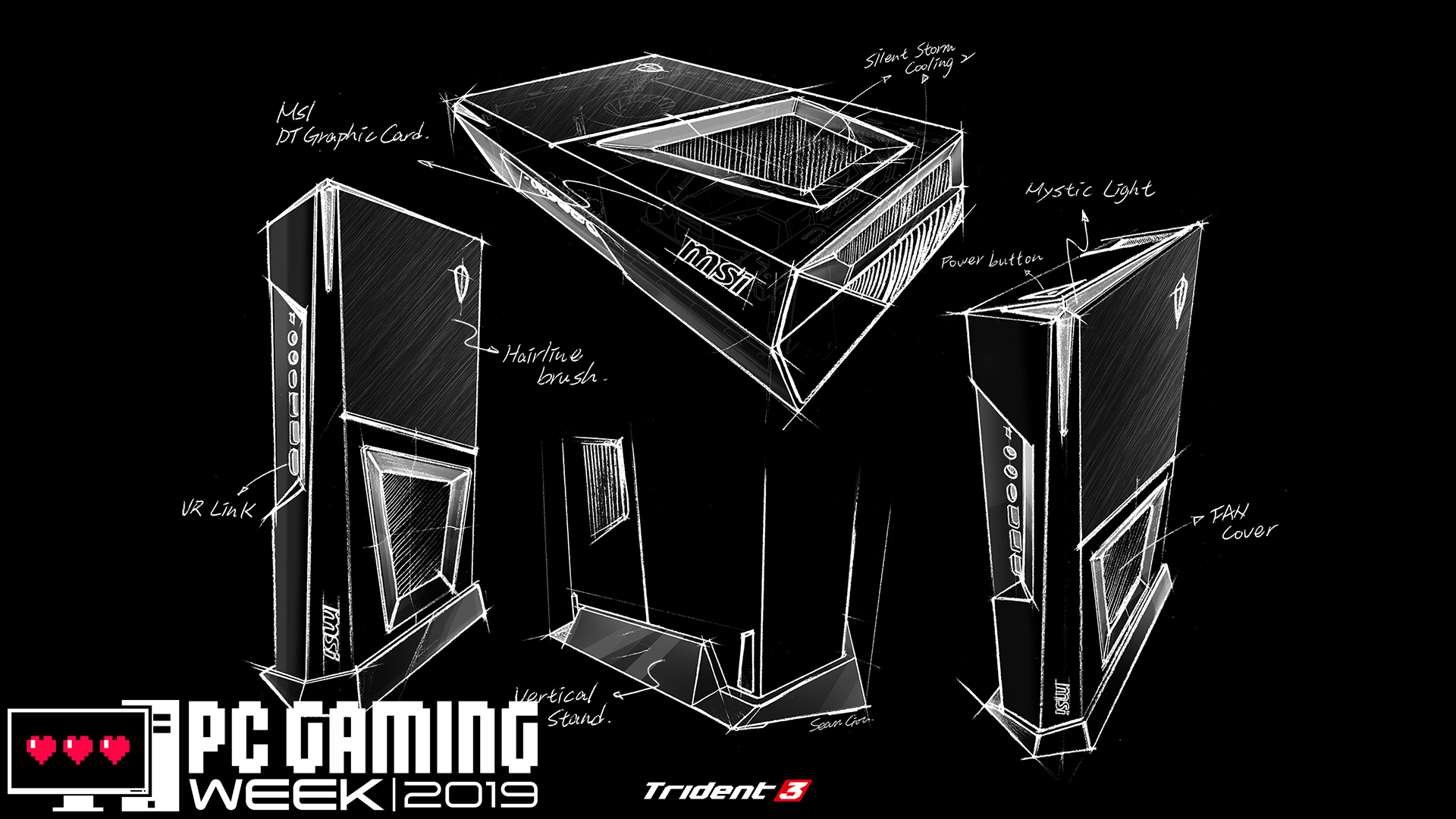
How MSI builds some of the smallest gaming PCs in the world
When you think of PC gaming, it's likely you imagine a giant tower of a PC. But, you can have all of that power inside a tiny little chassis that will fit next to your TV. So, for PC gaming week, we took a look at how MSI builds some of the smallest gaming PCs in the world.

Best hard drives 2019: the top HDD for desktops and laptops
SSDs might be all the rage, but a good hard drive is a great place to store all the dozens of PC games that you don't want to delete, but maybe don't load up very often. That's why, for PC gaming week, we took a look at the best hard drives 2019 has to offer.
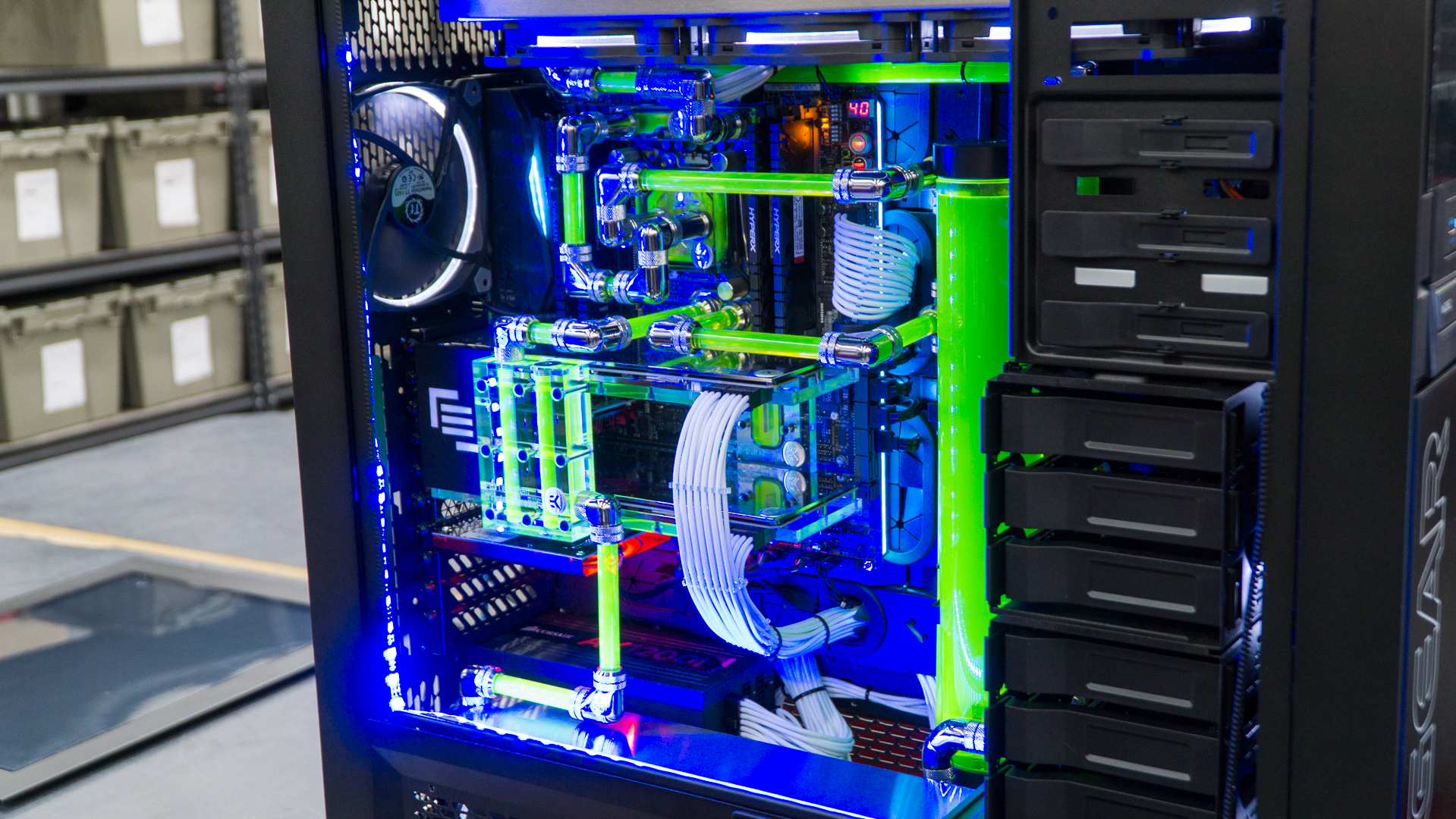
Touring Maingear: the hypercar auto shop of gaming PC builders
For PC Gaming Week, we take a look around the head quarters of Maingear, a boutique PC builder that makes some seriously impressive gaming PCs.

Why (and how) Acer makes the most extreme PC gaming hardware
Acer makes some of the most powerful – and over-the-top – gaming hardware money can buy. So, we talk to Acer President of IT Products Jerry Kao about Acer's passion of PC gaming, and why the company wants to provide insanely powerful PC gaming hardware.

How much RAM do you really need in your gaming PC?
Recently we've been seeing games with ever more demanding specifications – including RAM. While component makers and PC manufacturers are perfectly happy to sell you large amounts of RAM, we look at how much RAM do you really need in your gaming PC.
Make sure you read this before splashing out on huge amounts of memory – it might just save you a lot of money.
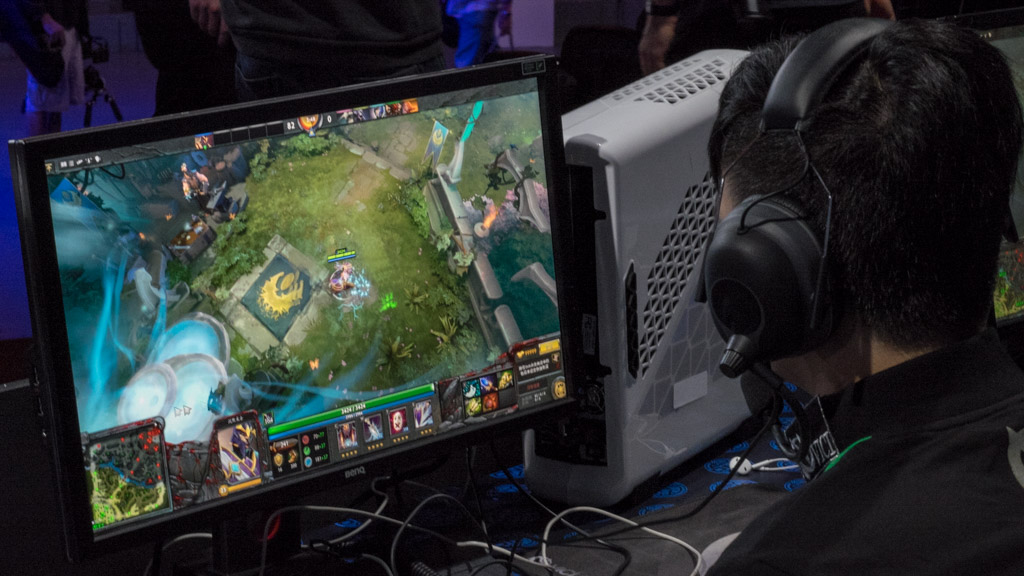
The best gaming PC 2019: 10 of the top gaming desktops you can buy
For PC Gaming Week 2019, we pick the very best gaming desktop PCs that money can buy right now. If our PC gaming coverage has got you desperate to fire up a rig and play some games, then this list is an excellent starting point.

PC gaming has entered the eye of the subscription service storm
PC gaming is changing thanks to subscription services like Xbox Game Pass. For PC Gaming Week 2019, we take a look at how PC gaming has entered the eye of the subscription service storm – and what it means for our favorite pastime.

How Sega became one of the biggest names in PC gaming
Sega used to be best known for console games featuring a certain speedy blue hedgehog, but these day's it's one of the most powerful players in PC gaming.
In an exclusive interview, we talk to Gary Dale, President of Sega Europe and Anna Downing, VP of Marketing for Sega Europe, about how Sega became one of the biggest names in PC gaming.

How to turn a second hand PC into a gaming beast
You don't need to spend a fortune to build yourself a decent gaming rig as our guide on how to turn a second hand PC into a gaming beast shows.
All you need is an older PC and a few choice components and you can create a gaming PC that can handle most modern games for not much money.

What’s it like to game on a $ 40,000 PC?
How good a gaming rig could you get if money is no object? We put that to the test as we explore what it's like to game on a $ 40,000 PC.
We visited Overclockers UK's head quarters to test out the phenomenal 8Pack Orion X2, which costs £33,000 – or around $ 43,000 if you’re in the USA – which is more than most people's house deposits. But just how good at playing games is such an expensive machine? Read on to find out…

Best controllers for PC 2019: the best PC game controllers you can buy today
It may sound blasphemous to some, but game controllers absolutely have their place in PC gaming. This is especially true when you consider the glut of indie platformers and other games of their ilk on the platform.
With that, it's about time that we collect the best PC game controllers in one place for your perusal, from overall greats to specific pads for those retro gems.

Best SSDs 2019: the top solid-state drives for your PC
With the amount of massive PC games releasing on an annual basis, peppered with countless indie releases that just demand playing, the need for a fast, sizable solid-state drive is more dire than ever.
So, we've incorporated our guide to the best SSDs on the market in several categories into PC Gaming Week 2019. Here's what we think are the best SSDs for several use cases and occasions.
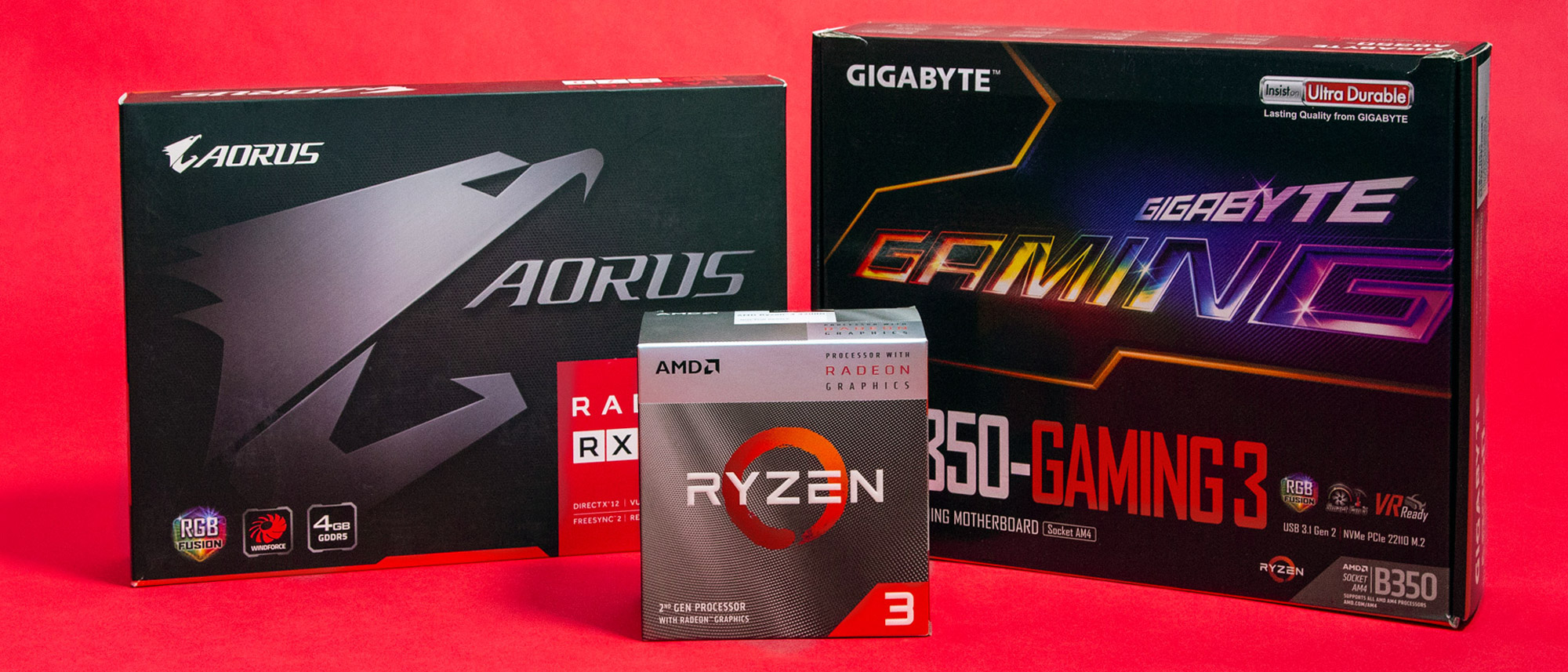
How to build a cheap gaming PC that doesn't suck
We get it: PC gaming can be an awfully expensive hobby. However, we also have come to learn that it doesn't necessarily have to be, especially if you're able to save.
So, we've built a gaming PC for not much more than an Xbox One X that doesn't compromise where it counts. This thing can store plenty of games and play them swimmingly at 1080p resolution. So, here's how to build a cheap gaming PC that doesn't suck.

Epic Games Store vs Steam: a tale of two digital storefronts
We ran this piece for the first time earlier this year, just as the Epic Games Store was coming out of the gate from a December 2018 debut. As it turns out, not a whole has changed in comparing it against the elephant in the room, Valve's Steam.
Regardless, we've slightly updated and repurposed the piece to examine both online PC game stores as they are in late September or early October 2019. Here's where the Epic Games Store vs Steam debate stands today.
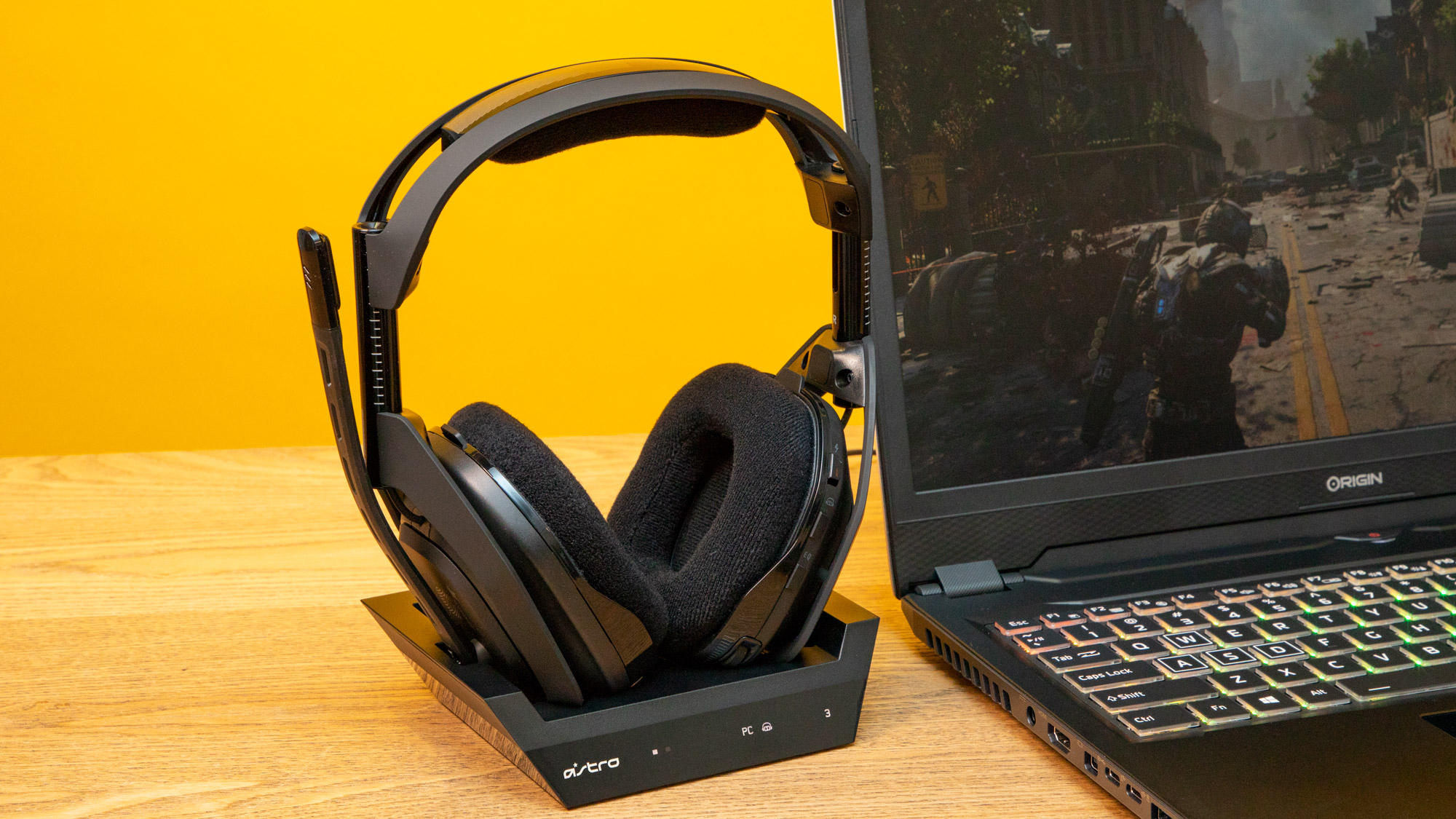
The best PC gaming headsets of 2019
Being huge fans of PC gaming, we test every end of the hardware experience, even the vast PC gaming audio market. We particularly enjoy the immersion of a good gaming headset.
Since we figure at least some of you share the same desire for excellent audio from our PC games, we've included our comprehensive list of the best PC gaming headsets we've tested in 2019.
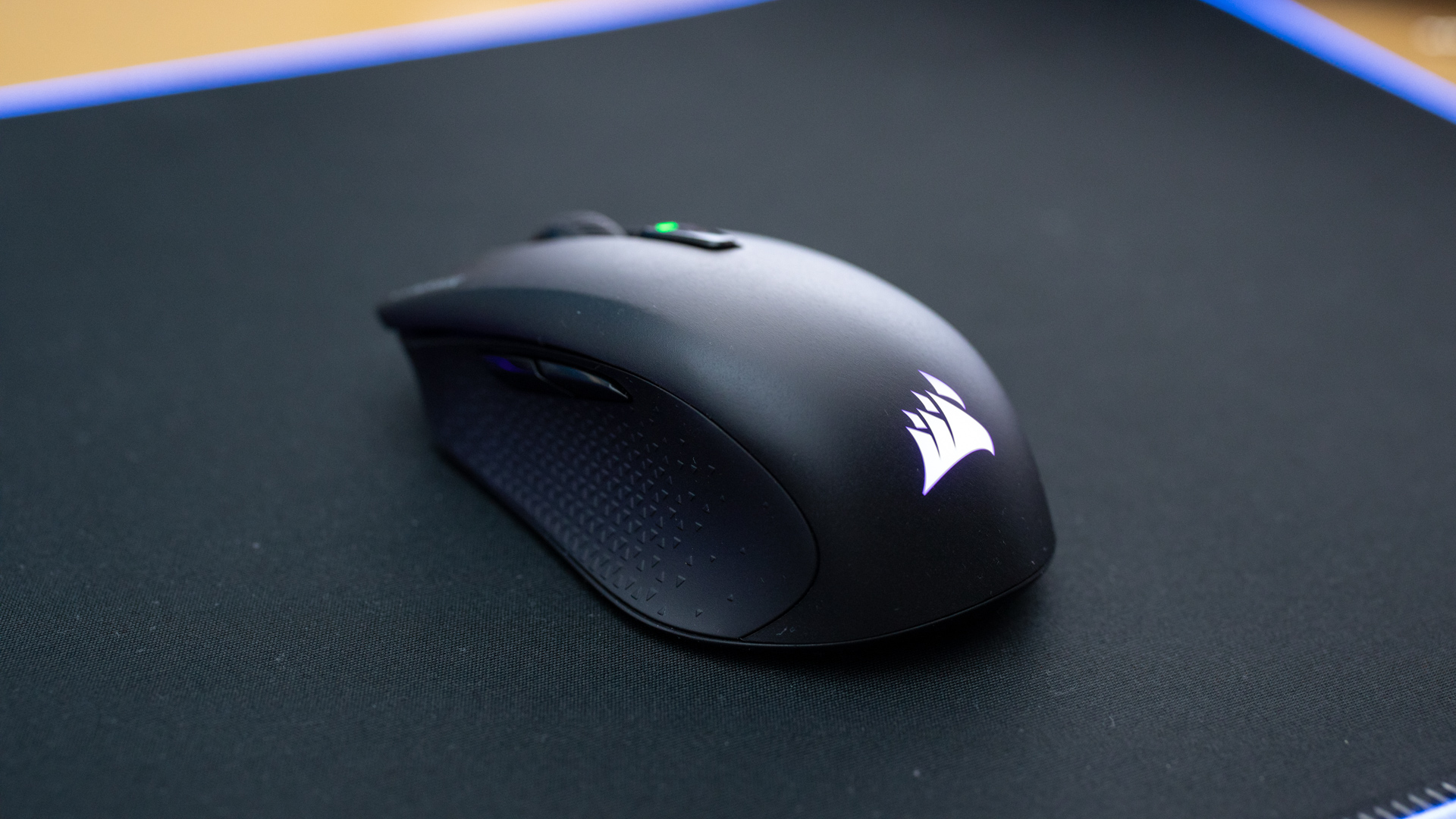
Why Corsair believes in the wireless future of PC gaming
Last year, we spoke with game peripheral maker Corsair about its long-awaited journey into wireless gaming accessories.
Given that it's well into producing some of the best wireless mice and keyboards on the market today, we thought it fitting to revisit this piece.

The best gaming PC 2019: 10 of the top gaming desktops you can buy
Has all this talk of PC gaming got you wanting to upgrade your rig? Then check out our pick of the best gaming PCs of 2019.
We've picked the best desktop PCs that are packed with some of the latest and greatest gaming components, and can handle the very latest PC games with ease.

Intel’s love affair with PC gaming
Intel isn't just one of the biggest names in computing, thanks to its processors that powers so many of our rigs, but it's also a big supporter of PC gaming.
For TechRadar's PC Gaming Week, we explore Intel's love affair with PC gaming, and how the company is helping grow esports, while also giving players and creators the powerful tools they need to get the most out of their games.
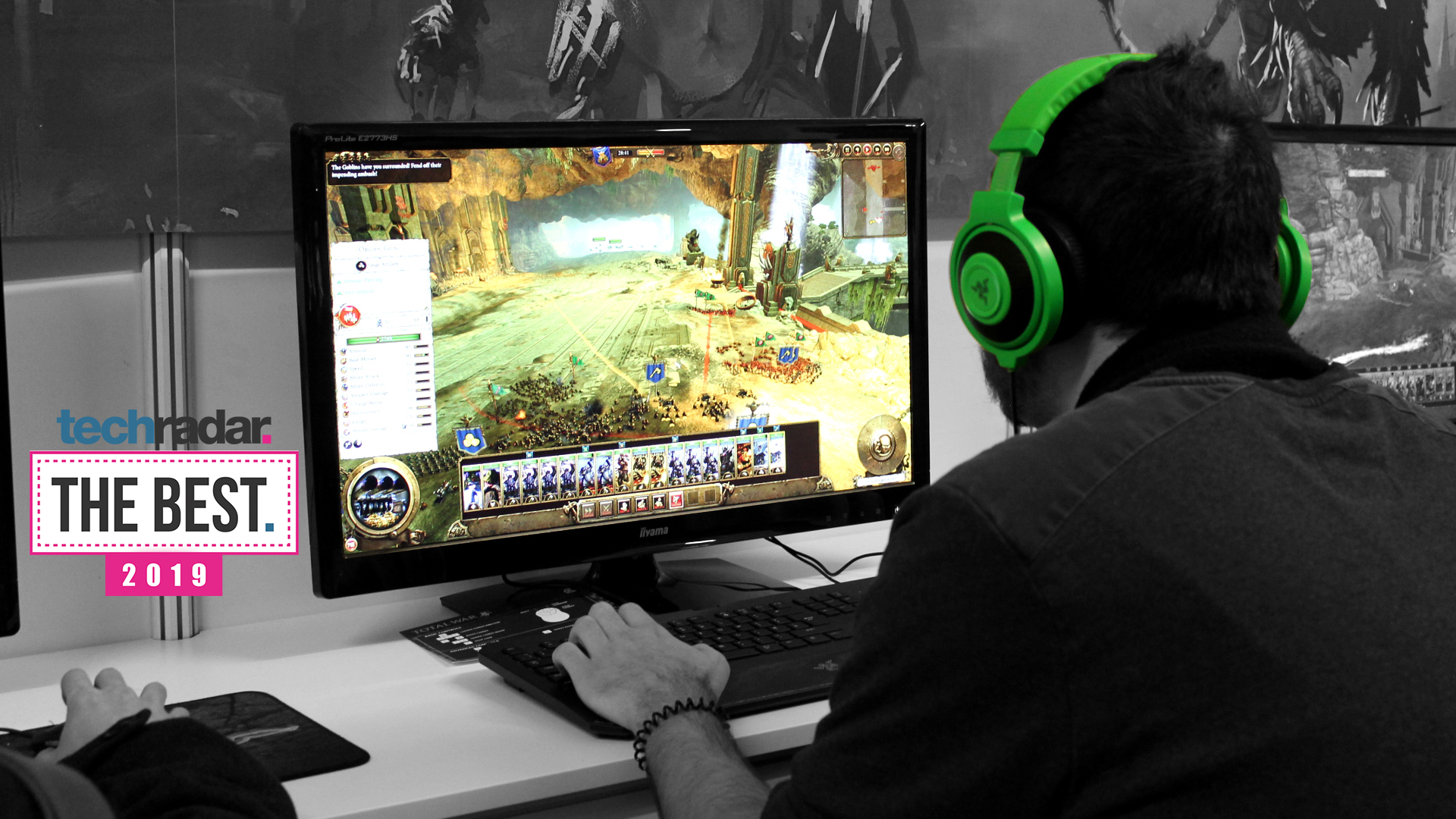
The best PC games 2019
PC Gaming Week wouldn't be complete without our definitive rundown of the very best PC games you can play right now.
From the top single player games, to hectic multiplayer madness, we've selected what we think are the best PC games in 2019. Each one has been thoroughly played by us, and they all prove why the PC is the best gaming platform.
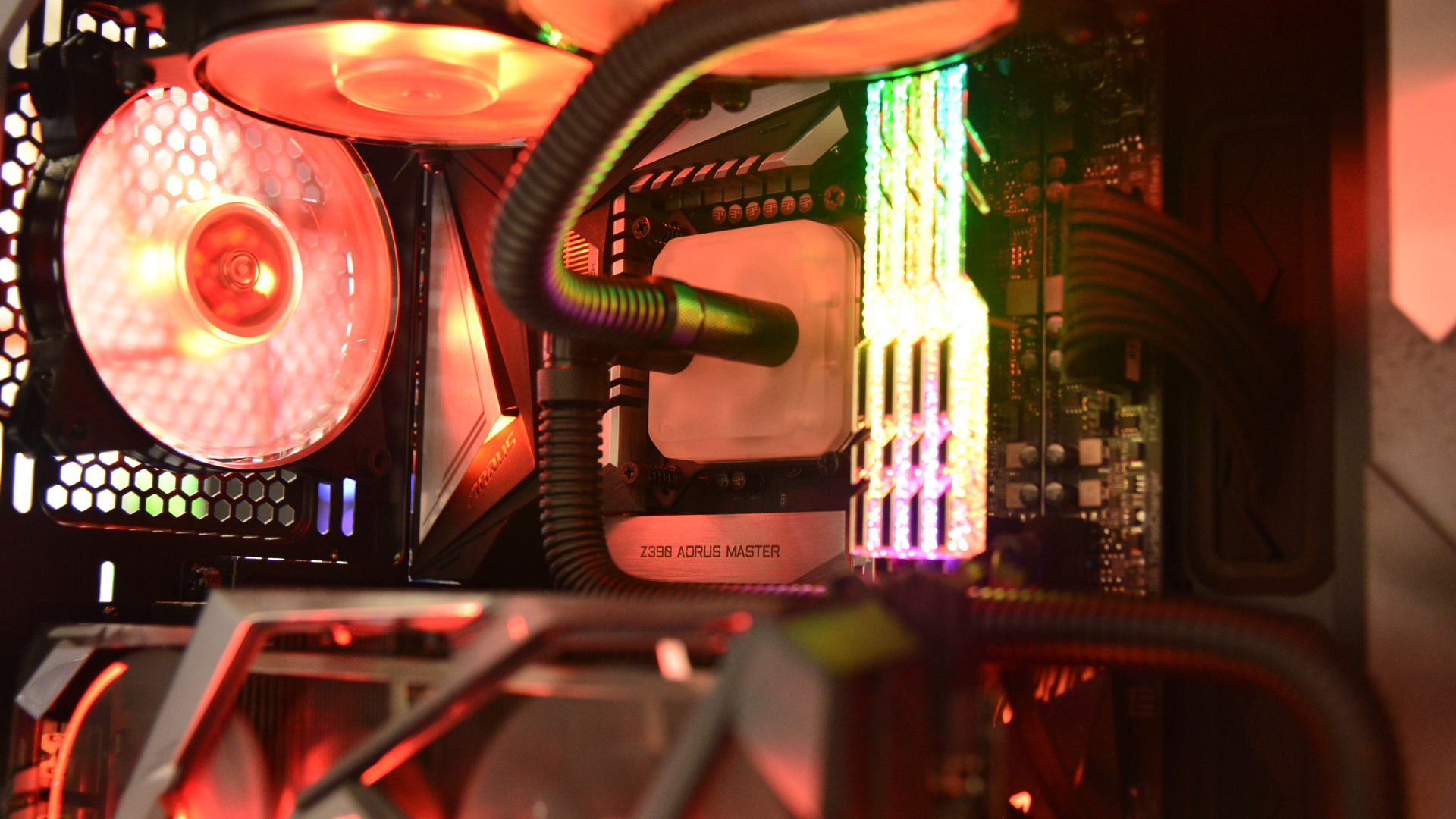
5 secret tips for building a great gaming PC
Think you know all there is to know about building a gaming PC? Think again, as we kick off TechRadar's PC Gaming Week 2019 with this guide to the best secret tips for building a great gaming PC.
From winning the silicone lottery, to PSU and cooling tips, these handy hacks will have you building a killer rig in no time.

TechRadar: Photography & video capture news
